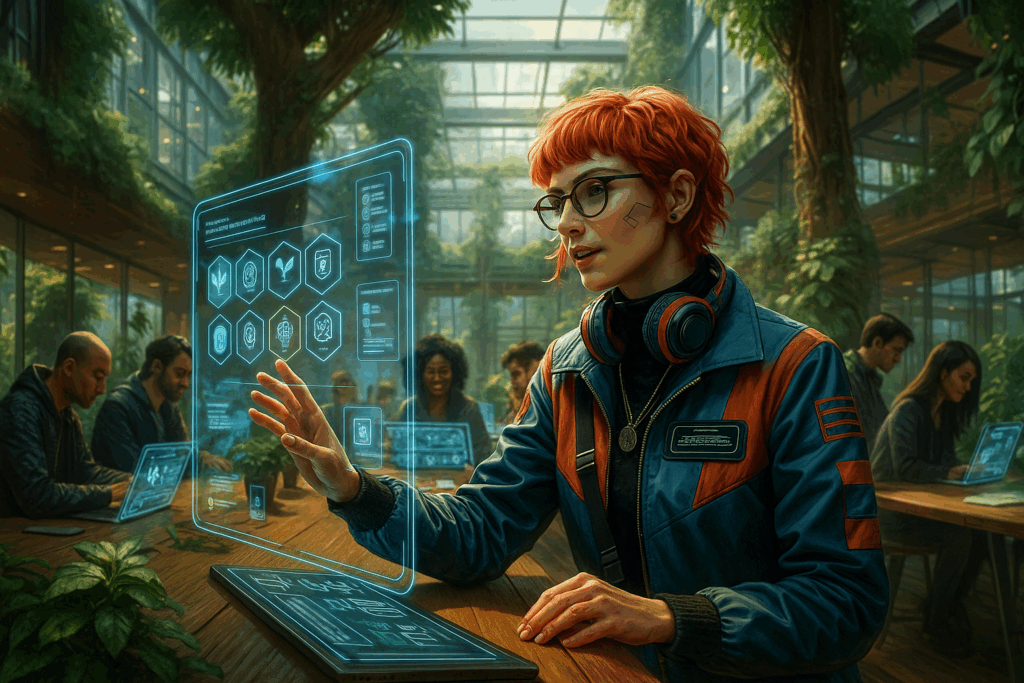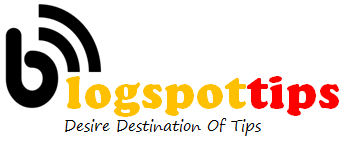
I spent years discussing the “future of education,” whether in my classroom, on stages, or in writing. I explored possibilities, speculated about what AI and other emerging technologies might mean for teachers, and wondered if we’d ever embrace the changes and feel prepared enough for them. I would often say, “Dream big,” and now, we are dreaming big.
School is so different from twenty years ago, when I spent so much time talking about how to prepare students and ourselves for the future. Even though we talked about being “future-focused” and having skills for the 21st century back then, many teachers, including myself at times, continued to use one-size-fits-all approaches and traditional brick-and-mortar learning models. That is, up until a new system was initiated by AI and real-world learning.
The Learning Revolution
Let me demonstrate the current state of education. I’m technically a Learning Experience Designer at Phoenix Innovation Lab, but I don’t see it as a single “place.” My classroom isn’t just a room, but rather, it is part of a global ecosystem and network of learning. My students and I are skilled in using AI. We are all learners, and today we are co-designing in virtual spaces. We start the day in the metaverse, participating in a live simulation or collaborating with peers from around the world to follow personalized interests and learn more about cultures, people, and places that are different from our own. We collaborate, problem-solve, and create immersive learning environments that prioritize choice, real-world relevance, and agency. So how did we get here?
It started with a mindset shift about what school should look like and the role that as educators need to play. Did all students need to be in school for seven hours a day, five days a week? No. We’ve learned that they can engage in learning from anywhere and, even better, decide how they learn best. Did they all have to complete the same task simultaneously and in the same location? Nope.
It was a huge shift in mindset for some, which we know is hard to do on a large scale, but now it’s different. Now we begin our day by checking in with a Personal AI Guide. It’s hard to believe, but it’s true. It took time to adjust, but having access to a secure, ethical assistant trained to help me with my goals, provide me with ongoing feedback about my instructional practices, and give me new ideas. It doesn’t tell me what to do, but instead, it listens and sparks new ideas for how I can grow professionally and best support my students. As educators, we model this learning and growth for our learners, as students begin their day by checking in with their own Personal AI Guides—an ethical AI assistant designed to amplify and enhance their learning, not replace it.
It asks them: What are you curious about today? What’s challenging you? How are you growing? I use these questions to guide my work, too. Students no longer merely ask me content-related questions as they did in the past. They have larger ones at higher levels. May I challenge the AI’s response? How do I know if my studies are “good enough”? What if my solution makes things worse? These are the kinds of questions being asked now that they have their assistants, and ones which tell me they’re not just consuming information, they’re actively evaluating and critiquing it. And this is where my new role comes in.
I’ve noticed that I’m no longer giving directions at the front of my classroom. With them, I’m right in the middle. I am a guide, a learner, a processor, and a safety net. I’m demonstrating to them how to brainstorm a potentially hazy idea into a strategy. demonstrating to them how to evaluate sources in a world dominated by AI and how to adjust in the event of a failure on their first, third, or tenth attempt. I help spark new ideas when my students get stuck, challenging them to push beyond the easy answers and seek more. I’m also there to support them when the risks they take don’t work out as they hoped. My job is to help them navigate complexity with curiosity and confidence, so they leave not just with a finished project with a finite end, but with the skills and resilience to take on the next challenge, to iterate, whether inside or outside the classroom.
I am an avid learner and connector
I thrive on connecting a student’s curiosity to a real-world problem or turning a challenge into a design opportunity when I listen to students. My goal is not only to help them get to an answer, but to support them as they develop the mindset and tools to navigate the increasingly complex world they may face, long after they leave my class and our school.
A component of a greater whole Planning periods have changed, too. Now, collaboration is a requisite of the role. I sometimes do this in person with my coworkers, other times I don a headset and go into the metaverse to work with coworkers from all over the world, and other times I use the vast knowledge that my own AI Agents possess. Here, I can participate in a multi-school simulation that helps me to deepen my understanding of different cultures related to language learning, or to enhance my own professional learning journey. One day, I might be working side-by-side with educators from Madrid, Buenos Aires, Montevideo, Naples, or Paris, our avatars standing in a town square that feels so authentic, like I am really there in person. And what makes it so real is that I can hear them speaking as though they’re standing next to me. I can hear people talking, smell the bread from a corner bakery, and see the streets lit up by sunlight. My colleagues from this space and I recognize each other because our avatars wear cultural accessories that we’ve designed ourselves using AI image generation. We design our avatars to tell a piece of our story and our culture. Despite the distance, it is completely human-centered.
Not only do I tell my students about these experiences, but I also give them the chance to experience them in these settings. Running with the bulls in Pamplona, students participate in a simulation of the Encierro de San Fermn, experiencing the rumble of the bulls and the cheers of the crowd. Some choose to participate in “La Tomatina” in Valencia. The colors are so vivid, and the cheers and excitement surround my students. We use these adrenaline-charged moments to further explore Spanish vocabulary around movement, emotion, and cultural traditions, and even build upon it with other activities.
In Naples, other students can “visit” a small kitchen to talk to a nonna about how to roll pasta by hand. In these simulations, she isn’t just watching—she is speaking Italian, mimicking the movements, and responding to directions from her host. When she returns to the real school kitchen, she works with a member of the lunch staff to recreate the recipe, blending the immersive cultural lesson with a tangible, shared meal that drew in other students.
And for some of my quieter students, they choose to spend an afternoon in a Parisian café simulation, in the 1920s, choosing to read Baudelaire alongside Baudelaire himself in case they have questions about his life or a word. The program’s AI populated the space with native French speakers ordering coffee, reading newspapers, and debating current events. For some students, this may be the first time that they feel connected to the language. Textbooks never provided this. This is confidence that develops through immersion in the language space. The metaverse offers another way to build essential skills. It is the design of experiences and a space where we can develop empathy, collaborate, and create.
The metaverse gives my students something irreplaceable: a space where language, culture, and lived experience collide. It’s not just vocabulary drills or grammar rules—it’s being there. It’s negotiating meaning in real time. It’s tasting, hearing, and feeling a culture. For many of my students, it’s the first time they realize that they are global citizens ready to connect and collaborate far beyond the walls of our classroom.
Learning in the Afternoon
In a world where we spend our mornings in the metaverse, the afternoons are about grounding our learning in the physical world. This is where our students connect their AI-amplified skills to real-world, community-connected projects. As a Learning Experience Designer, I become a community bridge-builder and partnership developer instead of a virtual facilitator. As a representative of the Phoenix Innovation Lab, I actively build and maintain relationships with local businesses, nonprofits, and industry experts to create authentic, hands-on learning opportunities like internships and community-based projects.
A group of my students, using the Spanish and Italian they’ve been practicing in the metaverse, is spending the afternoon at the local community farm, run by residents who are Spanish speakers. With a little AI translation support, they are co-designing a plan to automate the irrigation system to make it more water efficient, using the engineering and design thinking skills they’ve cultivated. Another student is working with a local nonprofit that helps unhoused veterans. She’s using the ethical reasoning skills she learned from her AI coursework to develop a data dashboard that tracks community resources and needs. She is doing more than just learning about data analysis; she is also creating something tangible that will immediately assist her community. These aren’t just one-off field trips or assignments. These are long-term, interdisciplinary projects that count as core learning experiences. I am not the only one giving grades to the students. They are being evaluated and mentored by the community partners they work with. They are building their professional networks long before they graduate as they learn to navigate complexity, collaborate across sectors, and apply their skills to real-world problems.
